Pink pineapple, also called pinkglow® pineapple or pinkglow® pink, is a type of pineapple with pink flesh that has been changed genetically. The pink colour comes from a pigment called lycopene, which is also in tomatoes and watermelons.
In addition to their colour, pink pineapples are known for having a sweeter taste and less acidity than yellow pineapples. This makes them a better product.
Table of Contents
What is pink pineapple?
Pink pineapple is a pineapple with pale pink flesh. It is also called Pinkglow pineapple or Rosé pineapple. It tastes sweeter and less sour than a regular yellow pineapple. Because they are picked by hand, they don't have a crown of leaves on top.
Since lycopene is a powerful antioxidant, the pink pineapple fruit is a very interesting new development. Researchers have found that this pigment lowers the risk of getting some kinds of cancer and slows the spread of cancer cells.
How are pink pineapples made?
Pink pineapples are made by changing the genes of yellow pineapples so that they stay pink and taste sweeter. GMOs, or genetically modified organisms, are crops that are made by breeding plants in a specific way to get traits that people want. Pest resistance and fruits and vegetables that don't turn brown quickly are desirable traits.
Taste of pink pineapple:
They are sweeter and less acidic than regular pineapple, taste like a cross between a golden or yellow pineapple and a strawberry.
What is the difference between pink pineapple and yellow pineapple?
The pink pineapple fruit is a GMO, which stands for "genetically modified organism." Before the fruit is fully grown, all pineapples have lycopene. As a traditional pineapple gets closer to being ripe, the red pigment lycopene gets less and the yellow pigment beta-carotene gets more. This makes the pineapple's flesh turn yellow.
Where can you find pink pineapple?
These pineapples are thought to be a rare treat, and you don't see them as often as regular pineapples.
You can find regular pineapples almost anywhere in the world, but pink pineapples only grow on a single farm in the South-Central region of Costa Rica that has the right soil and climate.
Del Monte is the sole company that develops this kind in small amounts, so you might not be able to find it anywhere else but in grocery stores where they sell it.
Nutritional profile of pink pineapple:
It has lycopene, a natural pigment that gives some fruits and vegetables their red colour. This pineapple is pink because it also has lycopene. Lycopene has been linked to many health benefits, such as its ability to act as an antioxidant.
A great source of vitamin C. Vitamin C helps keep your immune system strong and healthy.
Health benefits of pink pineapple:
Like regular pineapples, pink pineapples are rich in vitamin C and manganese. Small amounts of thiamin, vitamin B6, and folate are also in them.
Pink pineapples are also a good source of fibre and have enzymes that may help digestion. Also, pineapples have bromelain, which is a group of anti-inflammatory enzymes.
- Boosts immunity
Vitamin C is an important part of a healthy immune system, and pink pineapples are full of it.
Researchers have found that Vitamin C helps keep the body from getting sick by making the body make more white blood cells. White blood cells are important for fighting off germs and viruses.
High levels of phytochemicals like flavonoids and anthocyanin are also found in the fruit. These chemicals can help protect the body from damage caused by free radicals, which can hurt cells, proteins, and DNA.
Bromelain, which has anti-inflammatory properties, is found in pink pineapple. They help lower inflammation in the body, which is a key part of many long-term diseases like heart disease, diabetes type 2, and arthritis.
- Aids Digestion
Pink pineapples have a lot of fibre, which is important for keeping your digestive system healthy.
Fibre makes stools bulkier and more regular, which prevents constipation and other digestive issues.
Bromelain also assists in breaking down proteins and reduces inflammation in the gut. This helps the body break down food and keeps problems like bloating and gas from happening.
Also, pink pineapples make your stomach make more acid and enzymes, which help break down food and make it easier to digest.
- Supports Heart and blood vessel health
Pink pineapples have a lot of potassium, which helps control blood pressure and lowers the risk of high blood pressure.
The fruit is also relatively low in calories, which is good for keeping a healthy weight and lowering the risk of becoming overweight, which is a major contributor to cardiovascular disease.
Also, pink pineapples have a lot of fibre, which can actually reduce cholesterol and lower the risk of getting heart disease.
The fruit also has small amounts of folate, which helps to lower homocysteine levels. Homocysteine is an amino acid that can lead to heart disease.
- Healthy eyes
There is a lot of vitamin C in pink pineapples, which helps keep the eyes from getting hurt by free radicals. Vitamin C also protects the eyes from the damage that UV rays can do.
It also has a lot of beta-carotene, which the body turns into vitamin A, which is important for healthy eyesight.
Vitamin A is also important for keeping the retina healthy, and it helps keep age-related eye diseases like macular degeneration and cataracts from happening.
Also, pink pineapples have important nutrients like zinc and manganese, which are needed to keep eyes healthy and stop vision loss.
- Speeds wound healing
There is a lot of bromelain in pink pineapple. This enzyme can help reduce swelling and inflammation in a wound, which speeds up the healing process.
Bromelain also breaks down dead tissue and encourages the growth of new tissue, which is an important part of wound healing.
Also, the vitamin C in pink pineapple is needed to make collagen and heal skin that has been damaged.
- Helps the skin
There is a lot of vitamin C in pink pineapple, which is good for the skin. It can help make the skin look brighter and lessen the look of dark spots and wrinkles.
Enzymes in pink pineapples, like bromelain, can help remove dead skin cells and speed up the turnover of skin cells by gently exfoliating the skin.
Also, pink pineapple has a lot of antioxidants, which can help safeguard skin from harm brought on by free radicals and other things in the environment.
Adding pink pineapple to your diet can help enhance the appearance of your skin, making it look brighter, smoother, and younger.
How to store pink pineapple?
- Turn the pineapple over.
- Take off the top and bottom.
- Stand up and cut the skin off of the sides.
- To make rings, cut across the width.
- Using a small round cookie cutter, cut out the centre.

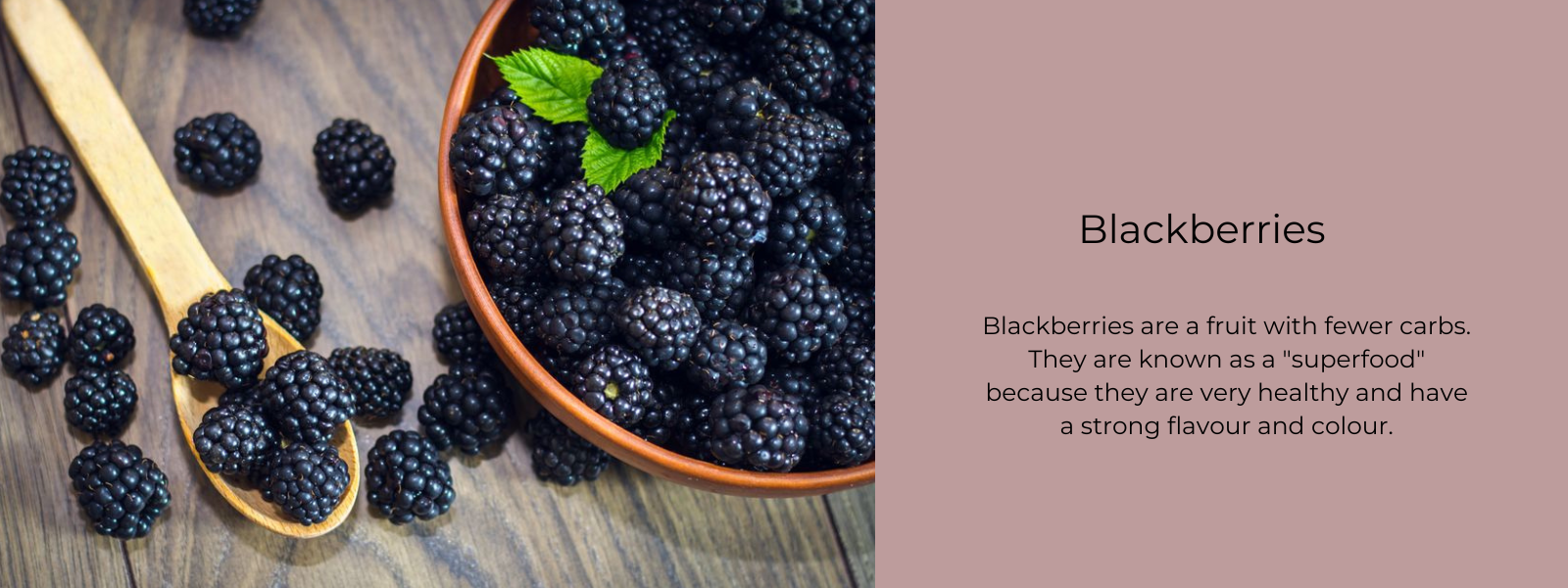
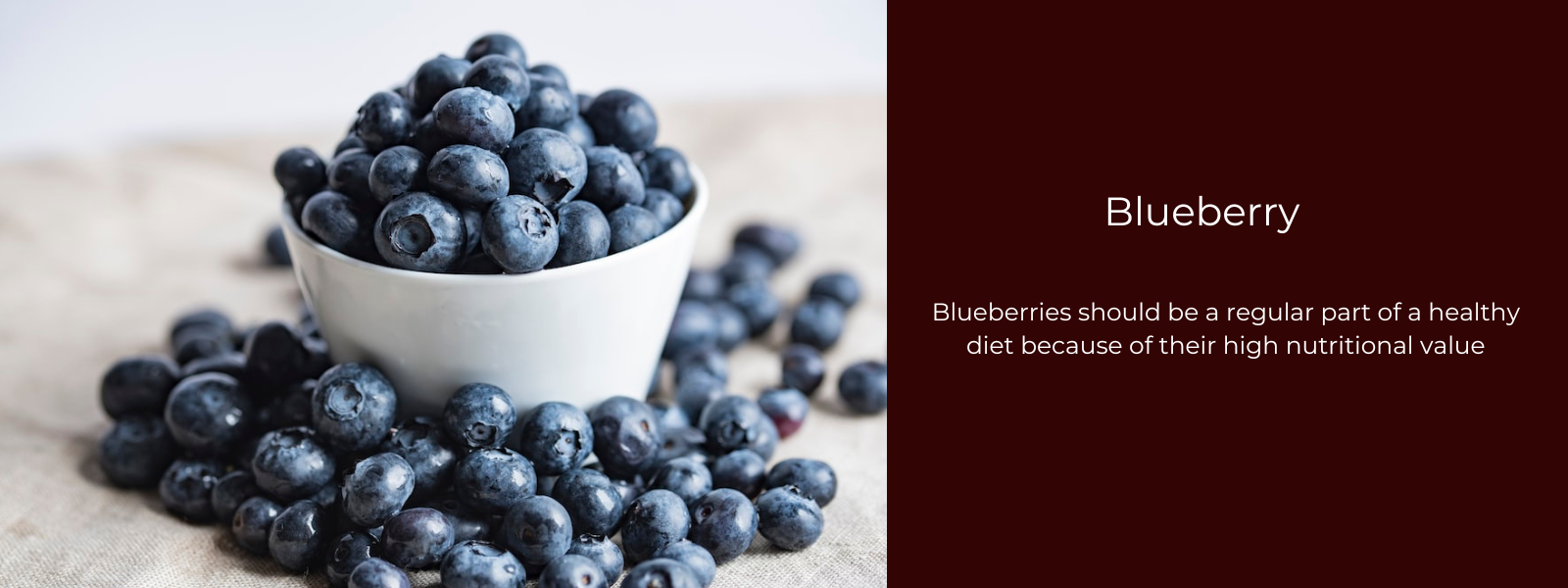
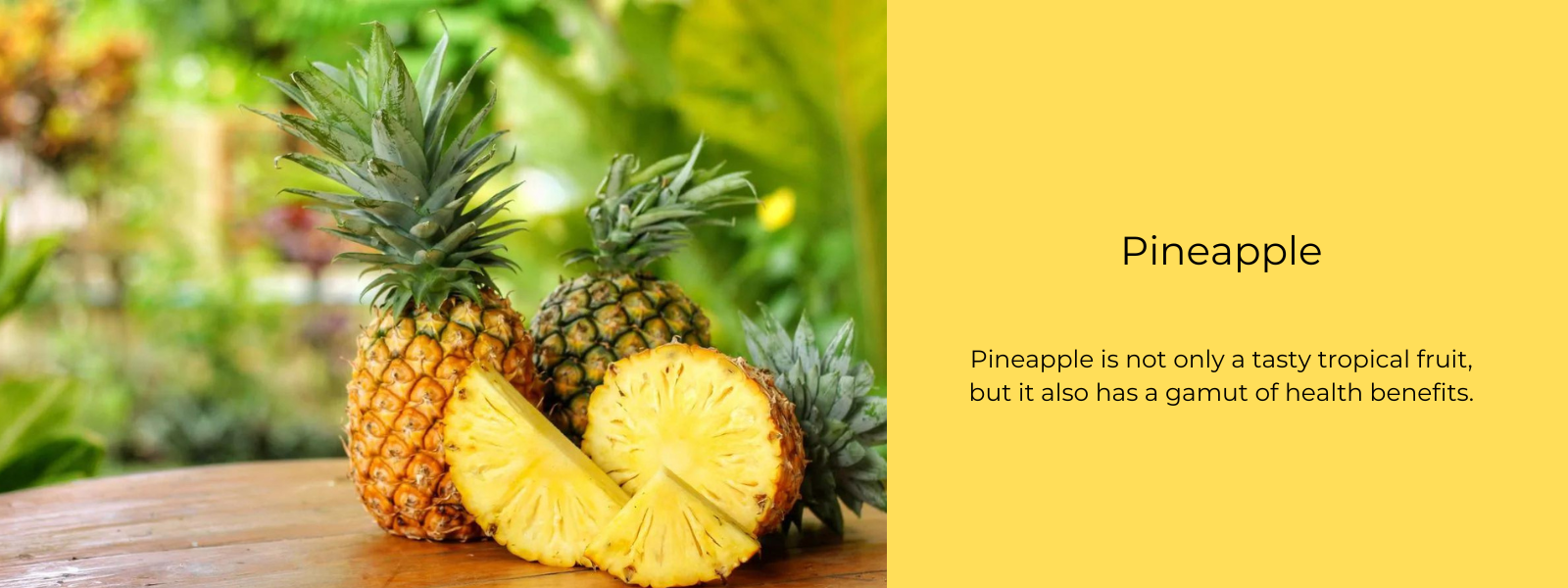
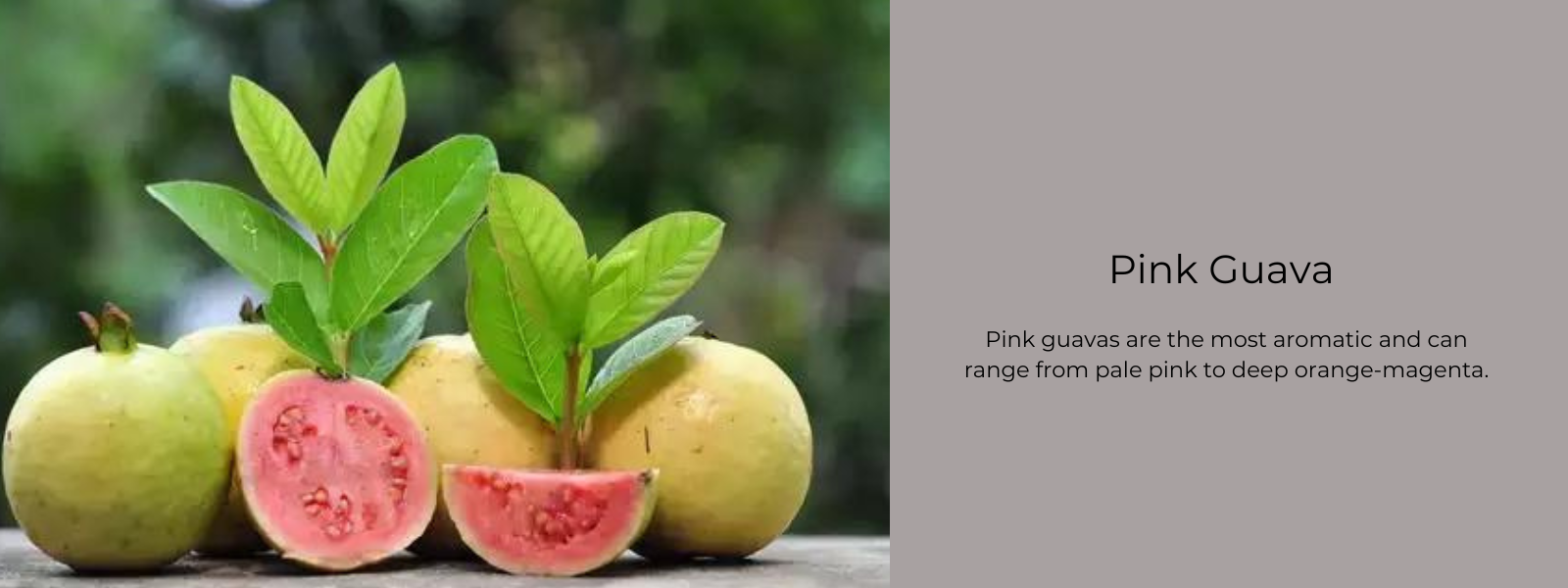
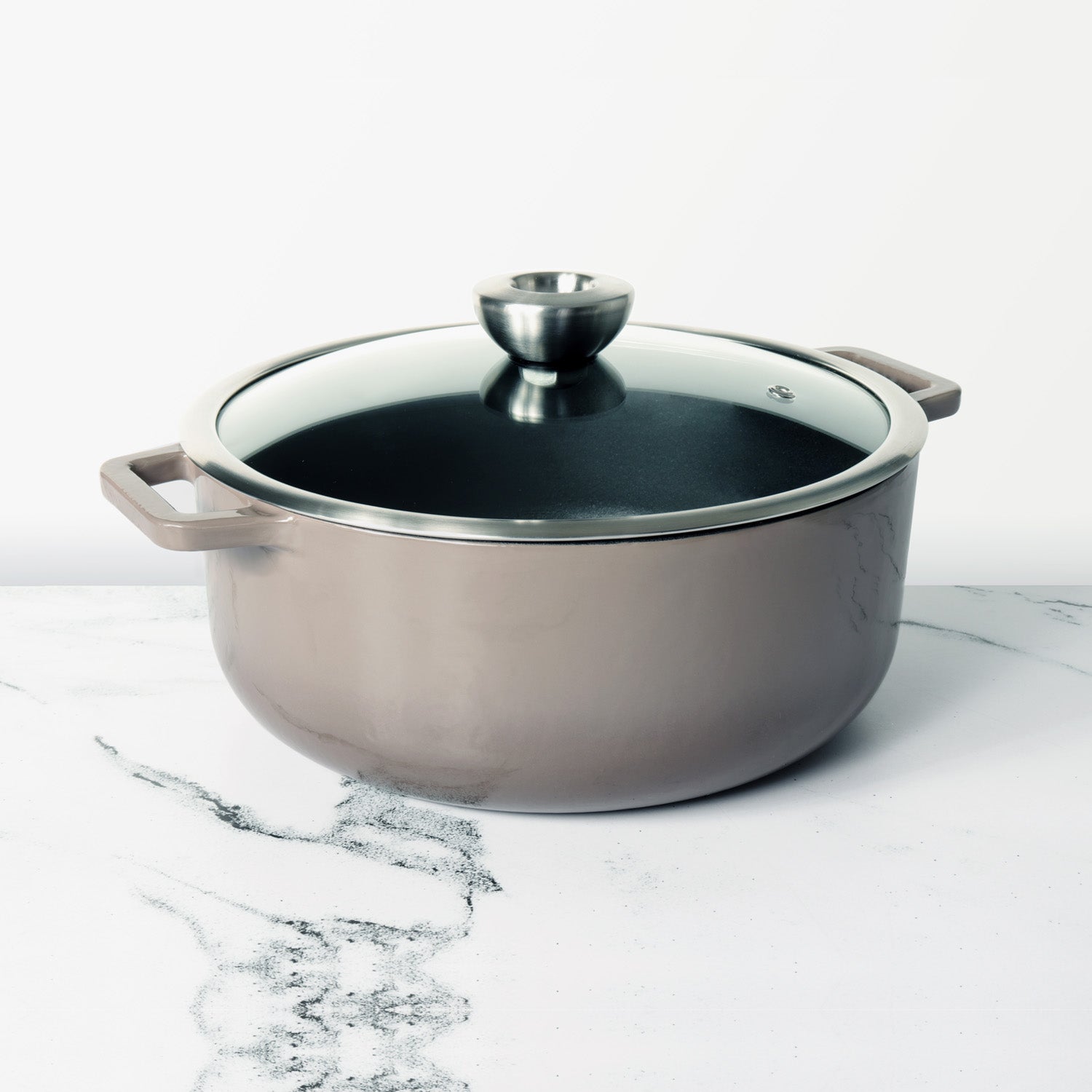





Leave a comment